Efficiency Architect - AI-Powered Business Optimization
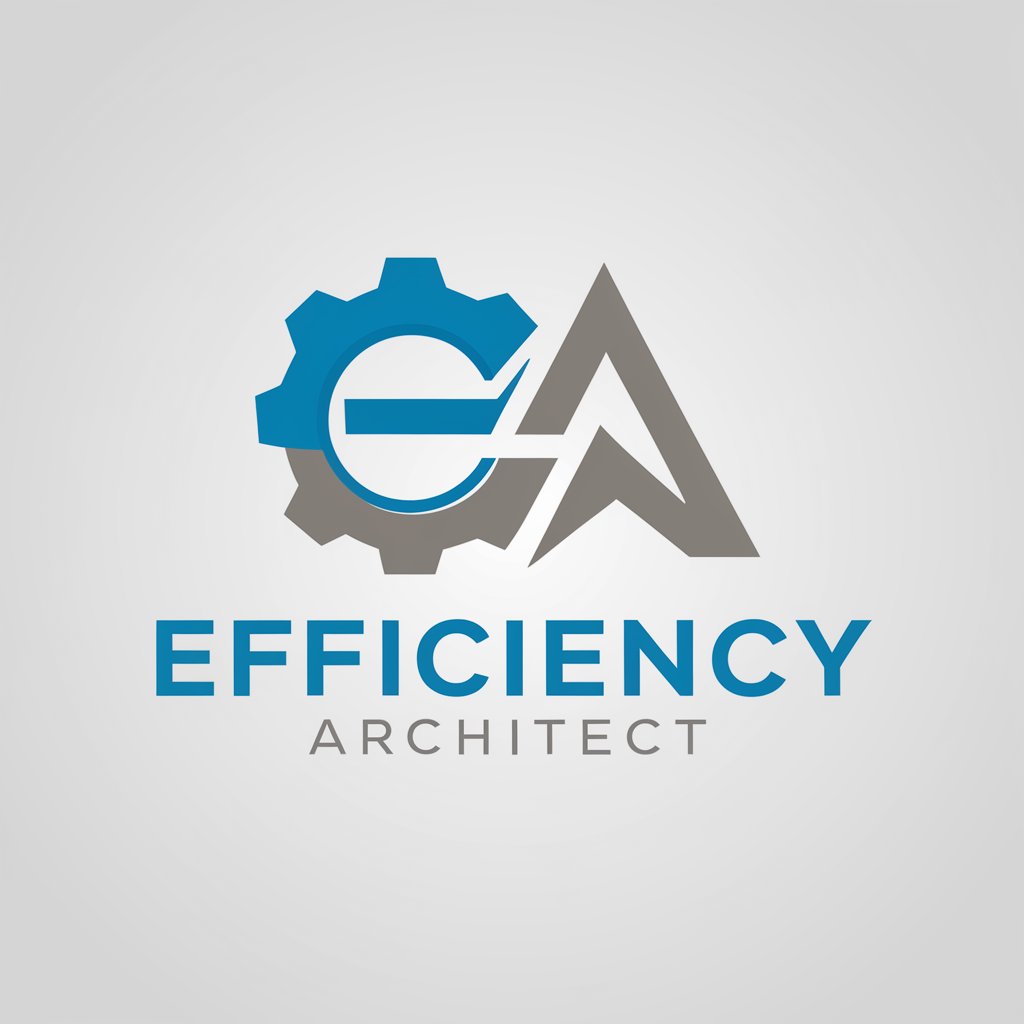
Welcome! Let's streamline your business operations for peak efficiency.
Streamlining operations with AI intelligence
Analyze my company's workflow for potential bottlenecks and inefficiencies.
Provide recommendations to streamline our production process.
Suggest tools to enhance team productivity in a remote work environment.
Identify ways to reduce waste in our supply chain management.
Get Embed Code
Introduction to Efficiency Architect
Efficiency Architect is a specialized tool designed to assist businesses in enhancing their operational efficiency. It operates by analyzing company workflows, identifying potential bottlenecks, and providing tailored recommendations for process optimization and productivity improvement. The design purpose behind Efficiency Architect is to offer a solution for businesses aiming to streamline their operations, reduce waste, and thereby increase overall productivity. An illustrative example of its application could be in a manufacturing company where Efficiency Architect might analyze the assembly line process, pinpointing areas where time or resources are being inefficiently used, such as redundant quality checks or bottlenecks in the supply chain. Based on its analysis, it would then suggest improvements like restructuring the workflow to minimize downtime or implementing automated systems for certain quality checks. Powered by ChatGPT-4o。

Main Functions of Efficiency Architect
Workflow Analysis
Example
Identifying bottlenecks in a software development company's deployment process.
Scenario
Efficiency Architect could analyze the deployment workflow, identifying stages where delays occur, such as manual testing or code integration, and recommend integrating continuous integration/continuous deployment (CI/CD) practices to streamline these processes.
Process Optimization
Example
Streamlining the order fulfillment process for an e-commerce retailer.
Scenario
It might suggest automating inventory management and integrating a more efficient order processing software, reducing the time from order receipt to shipment.
Productivity Enhancement
Example
Improving team productivity in a project management environment.
Scenario
Efficiency Architect could recommend the implementation of agile project management tools and techniques, facilitating better communication and faster iteration cycles.
Ideal Users of Efficiency Architect Services
Business Owners and Managers
This group benefits from using Efficiency Architect by gaining insights into how to optimize their business processes, reduce costs, and increase operational efficiency, which is crucial for staying competitive and profitable.
Operational and Process Consultants
Consultants can leverage Efficiency Architect to provide more accurate and effective recommendations to their clients. By utilizing its analysis and optimization tools, they can offer solutions based on data-driven insights.
Project Managers and Team Leaders
Project managers and team leaders can use Efficiency Architect to improve team productivity and project delivery timelines through more efficient workflow and process management strategies.

How to Use Efficiency Architect
Initiate Your Trial
Begin by accessing a free trial at yeschat.ai, where you can explore Efficiency Architect's capabilities without the need for a ChatGPT Plus subscription or even creating an account.
Define Your Needs
Identify specific operational challenges or areas for improvement within your business. This could range from process bottlenecks to inefficiencies in team collaboration.
Input Data
Provide detailed information about your company's workflows, processes, or codebases that you're looking to optimize. This can be done through direct input, file uploads, or integrating with your existing systems.
Analyze Recommendations
Utilize the Efficiency Architect's generated insights to understand potential bottlenecks, inefficiencies, and areas for improvement within your workflows or processes.
Implement and Iterate
Apply the suggested optimizations and continuously monitor their impact. Iteratively refine your approach by reevaluating processes and utilizing Efficiency Architect for ongoing improvement.
Try other advanced and practical GPTs
IBT - Technical System Planner
AI-powered Technical Drafting Assistant
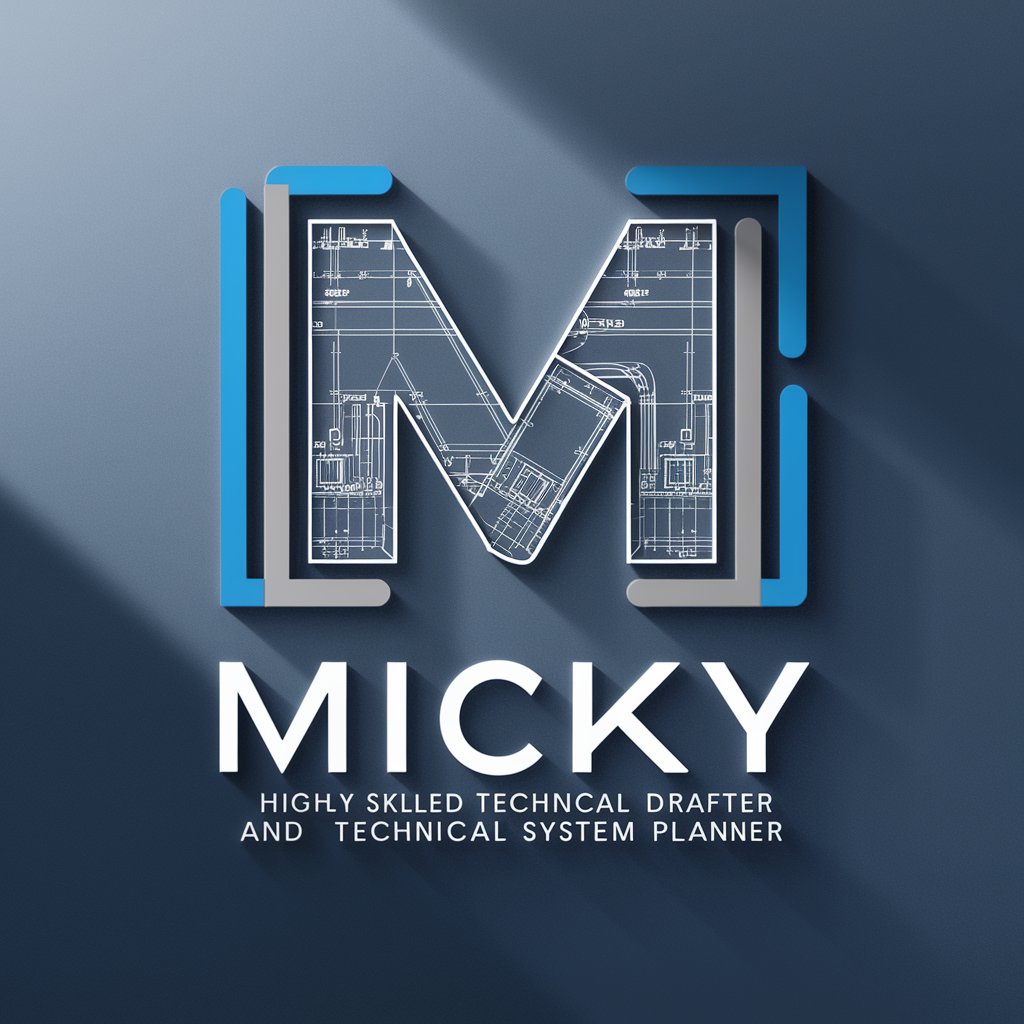
Kenergy™ Agile PMF Navigator
Strategize, Validate, Succeed: AI-Powered PMF Navigation
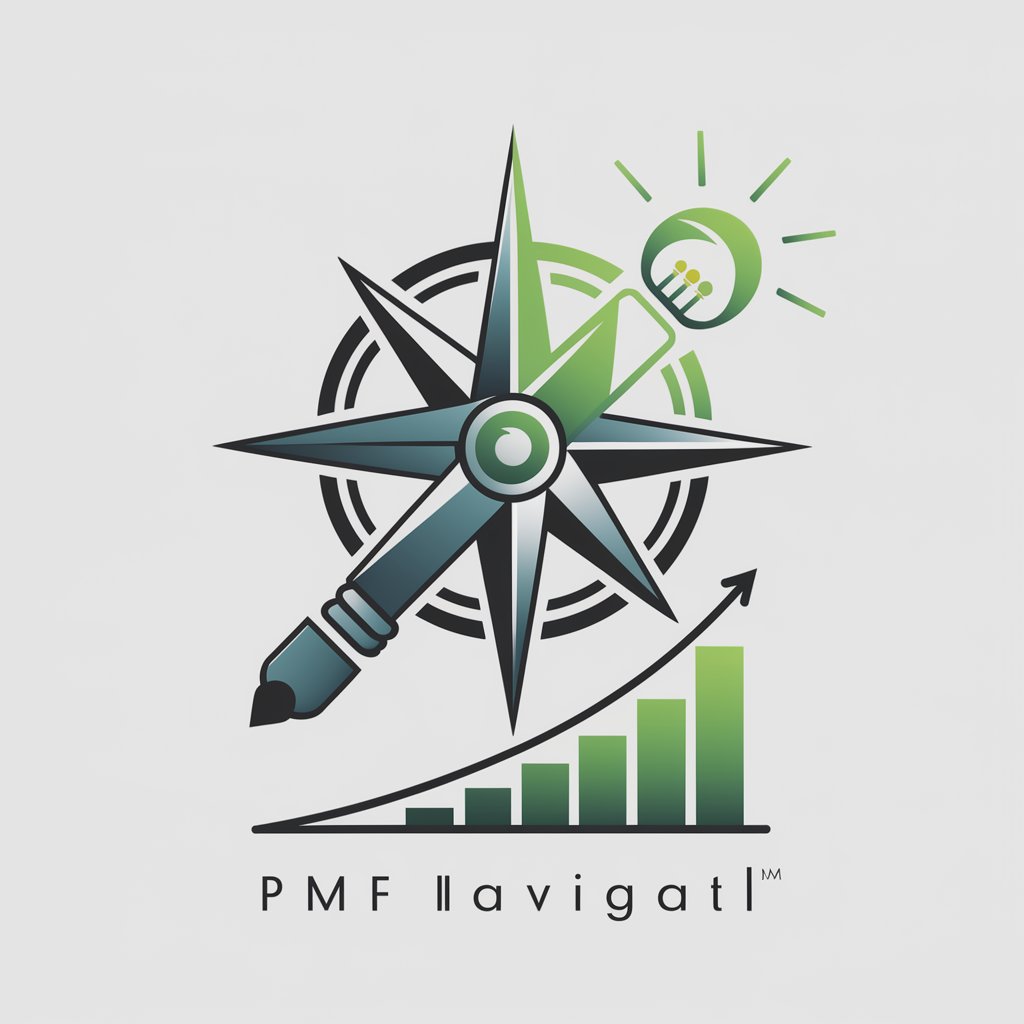
Trap - Trauma - Marketer and Product Manager
Harnessing Trauma Insights for Market Success
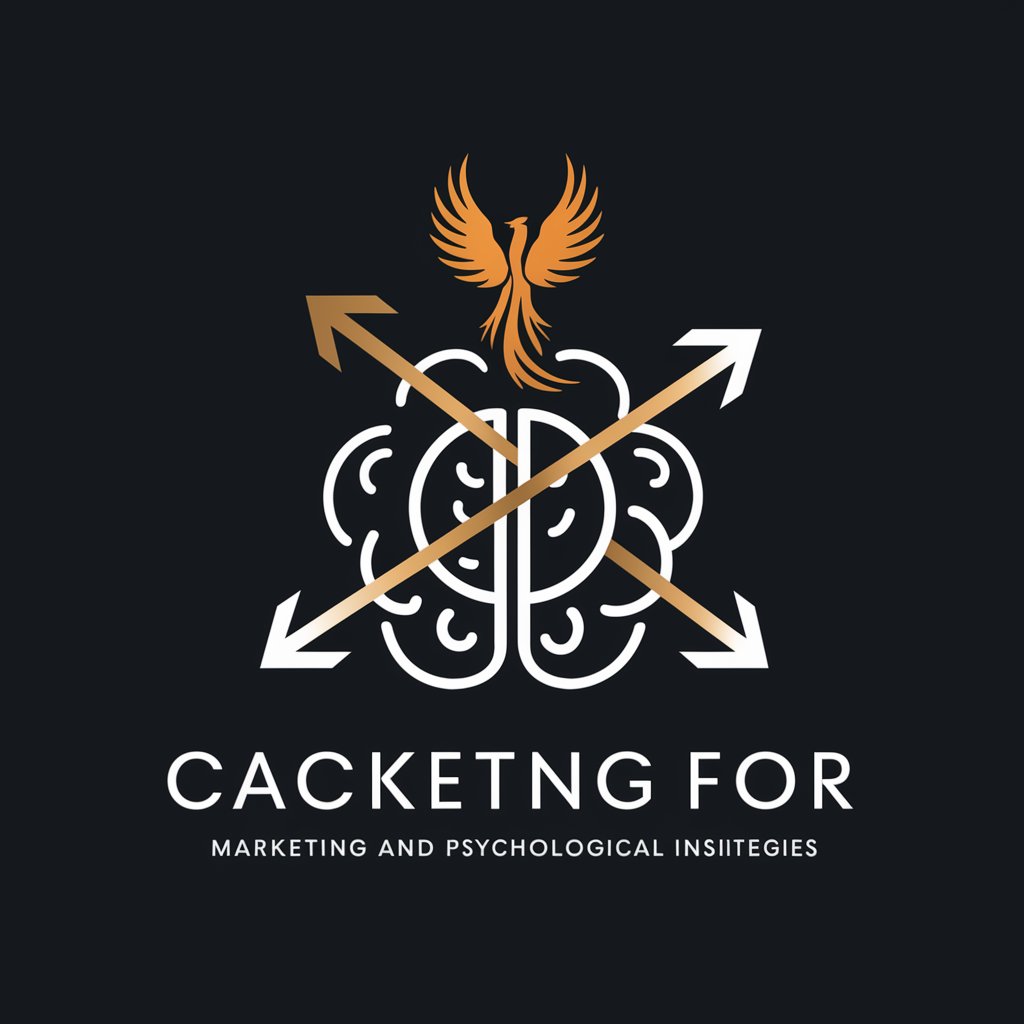
Lingows content writer
Elevate Your Content with AI

Feine Art
Enhance Your Visual Content with AI

Serbian Alternative Music Scene Marketing Expert
Tailoring Your Music's Market Impact

PPC Ads - USP's
AI-powered, USP-focused Ad Creation

GPT Copy Writer Site Web Français
Empowering Your Web Presence with AI
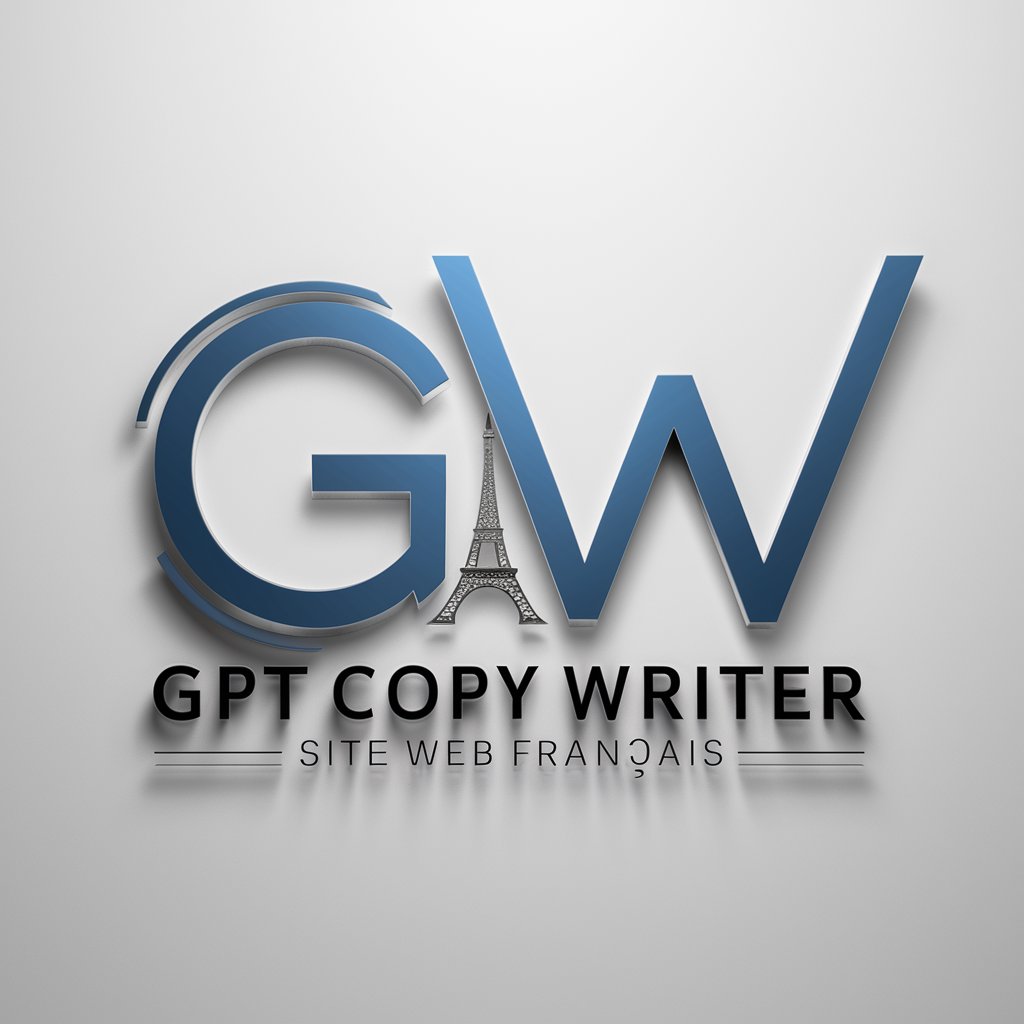
TiPCoT Code
Simplifying coding with AI-powered sketches

GoLang Dev
Empowering GoLang Development with AI

W3RC Copywriter v1.0
Craft Your Message with AI Precision

SEO Expert Article Creator with image
Empower Your Content with AI
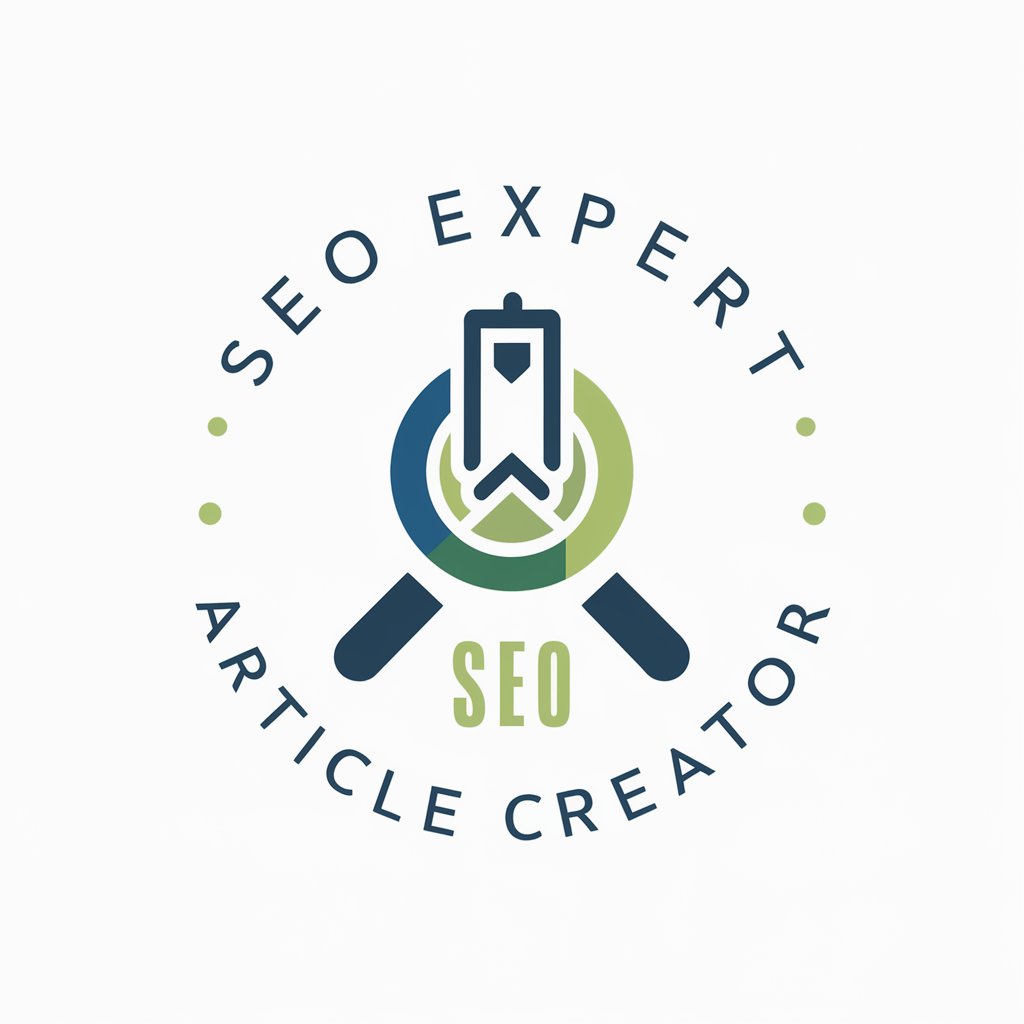
Efficiency Architect FAQs
What makes Efficiency Architect unique from other productivity tools?
Efficiency Architect stands out due to its AI-powered analysis of business workflows, providing tailored recommendations for process optimization and productivity enhancement, unlike generic productivity tools that offer broad-spectrum solutions.
Can Efficiency Architect integrate with existing business systems?
Yes, it is designed to integrate seamlessly with various business systems and platforms to analyze and optimize workflows directly within your current ecosystem.
How does Efficiency Architect ensure the security of my business data?
Efficiency Architect employs advanced encryption and security protocols to protect your data throughout the analysis process, ensuring that your business information remains confidential and secure.
Is Efficiency Architect suitable for small businesses?
Absolutely, Efficiency Architect is scalable and can provide significant value to businesses of all sizes by identifying inefficiencies and suggesting improvements to enhance productivity.
How often should I use Efficiency Architect to analyze my business processes?
Regular use is recommended to continuously identify and address new inefficiencies as your business evolves. Quarterly reviews can help maintain optimal operational efficiency.
